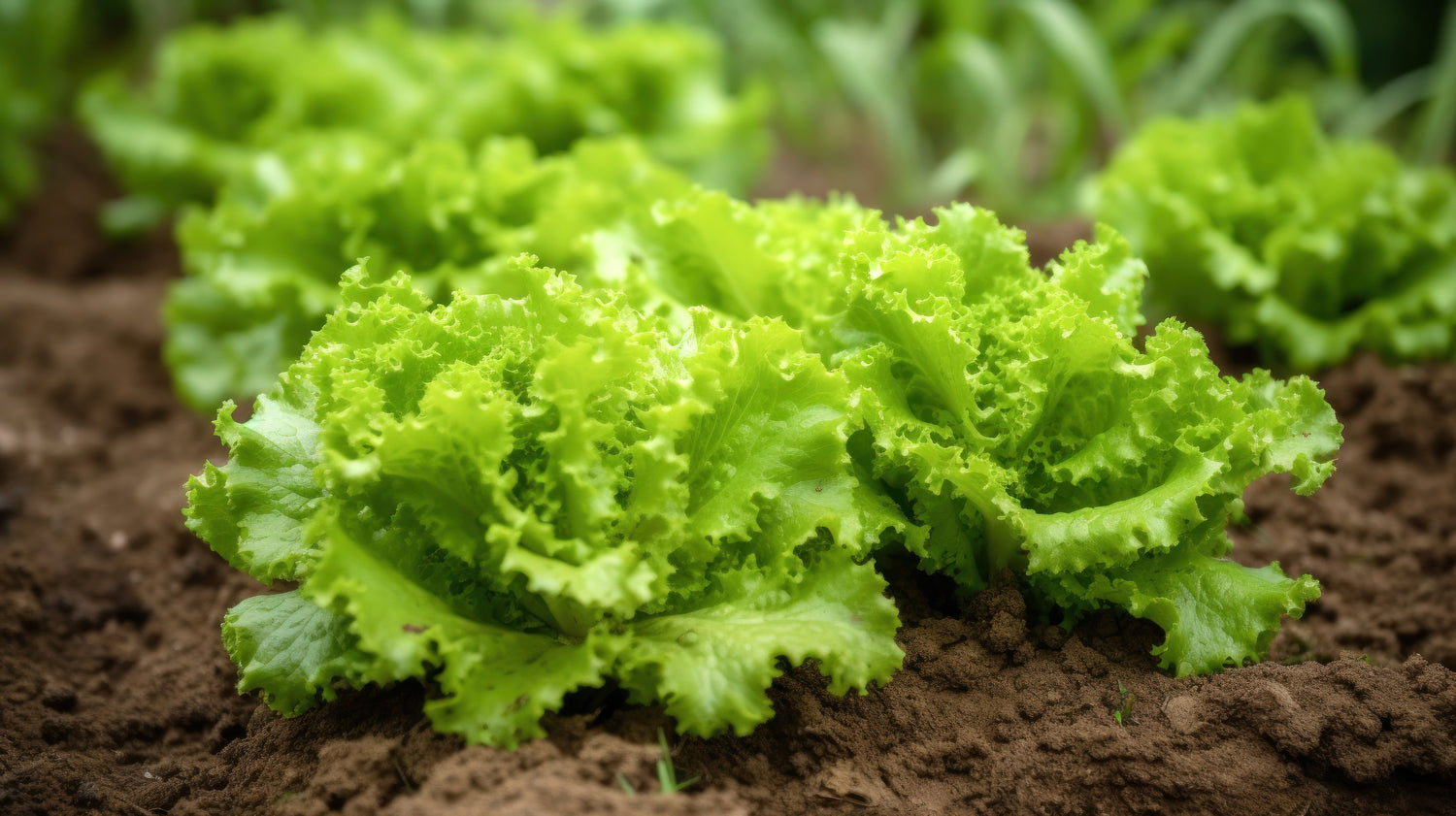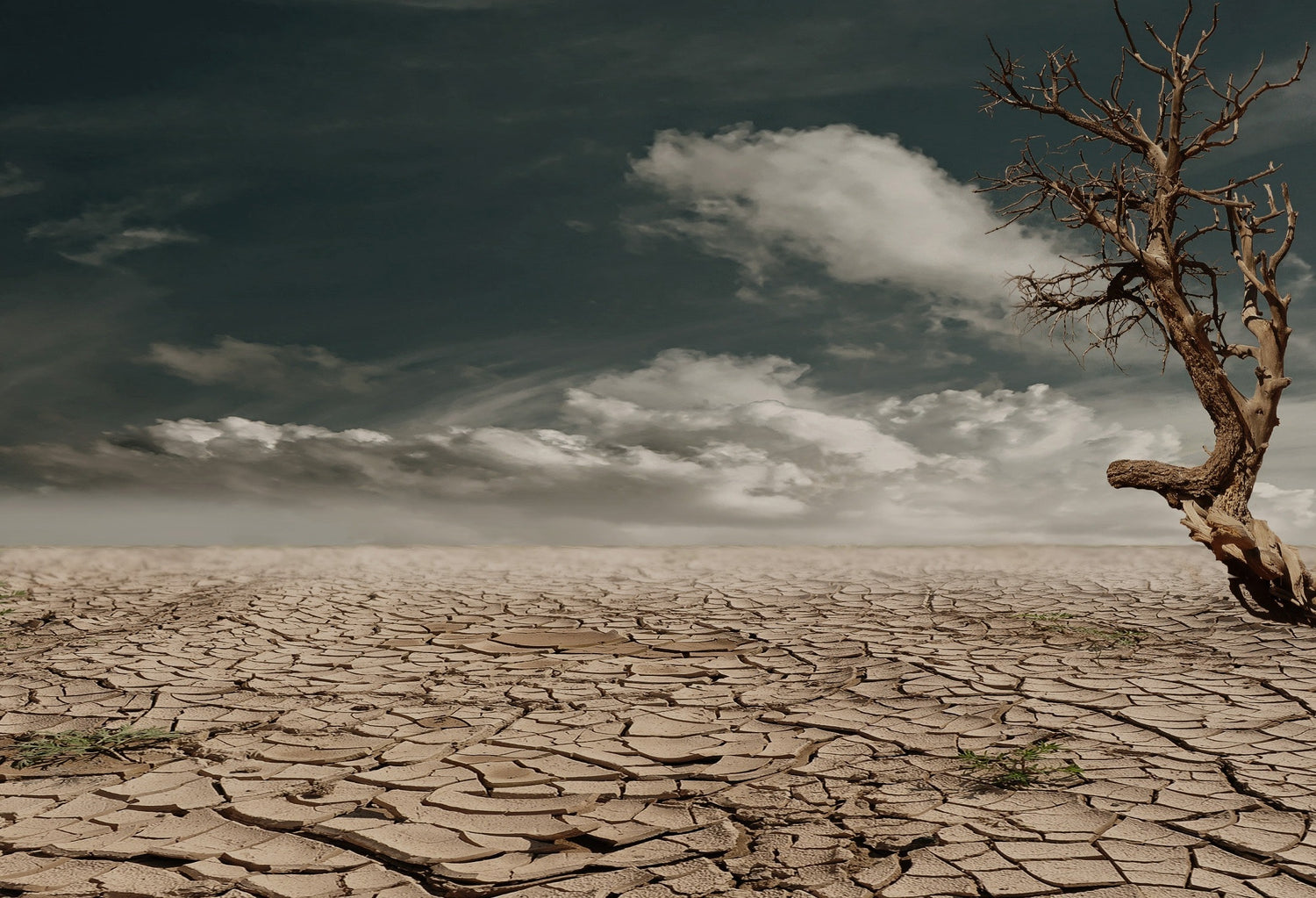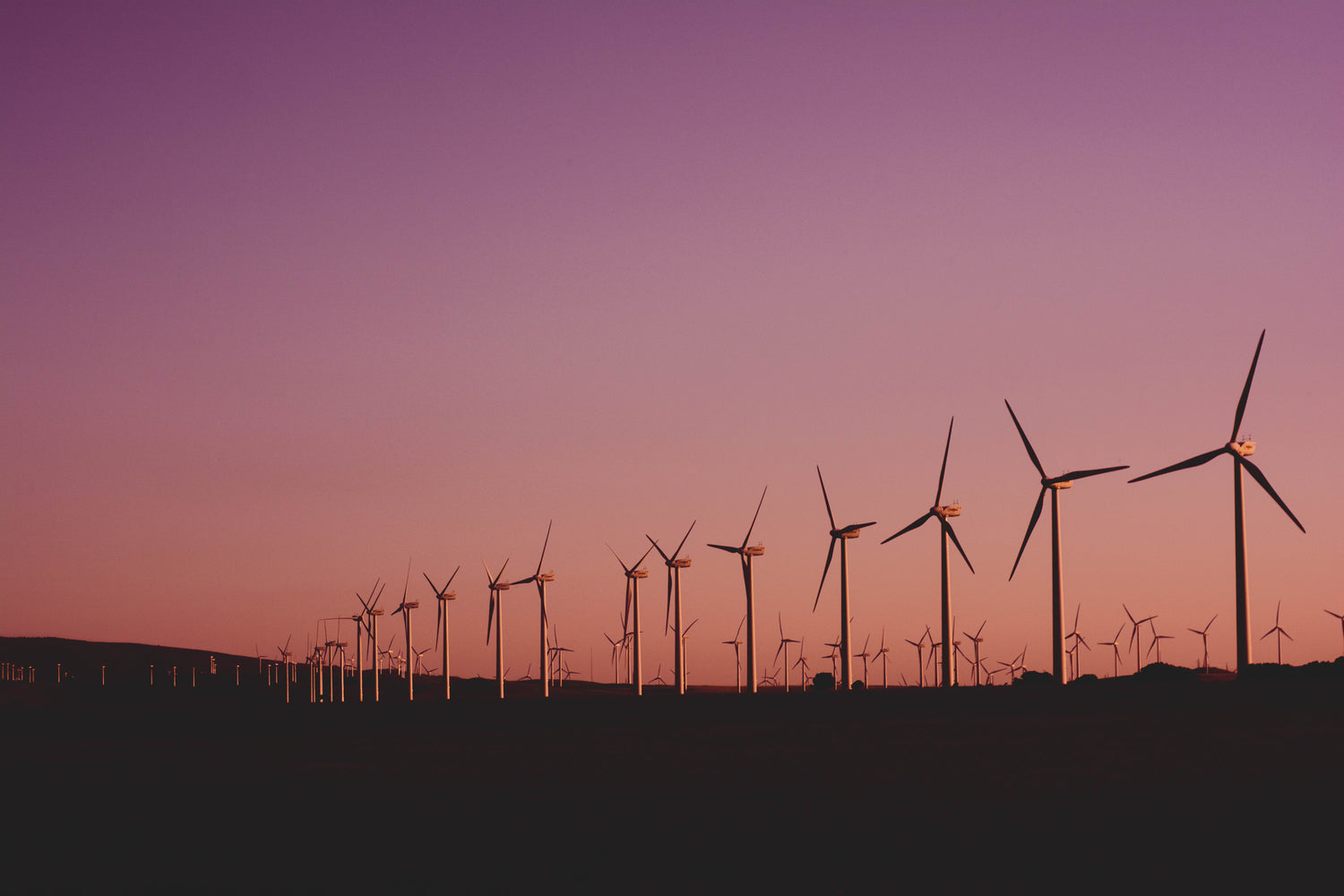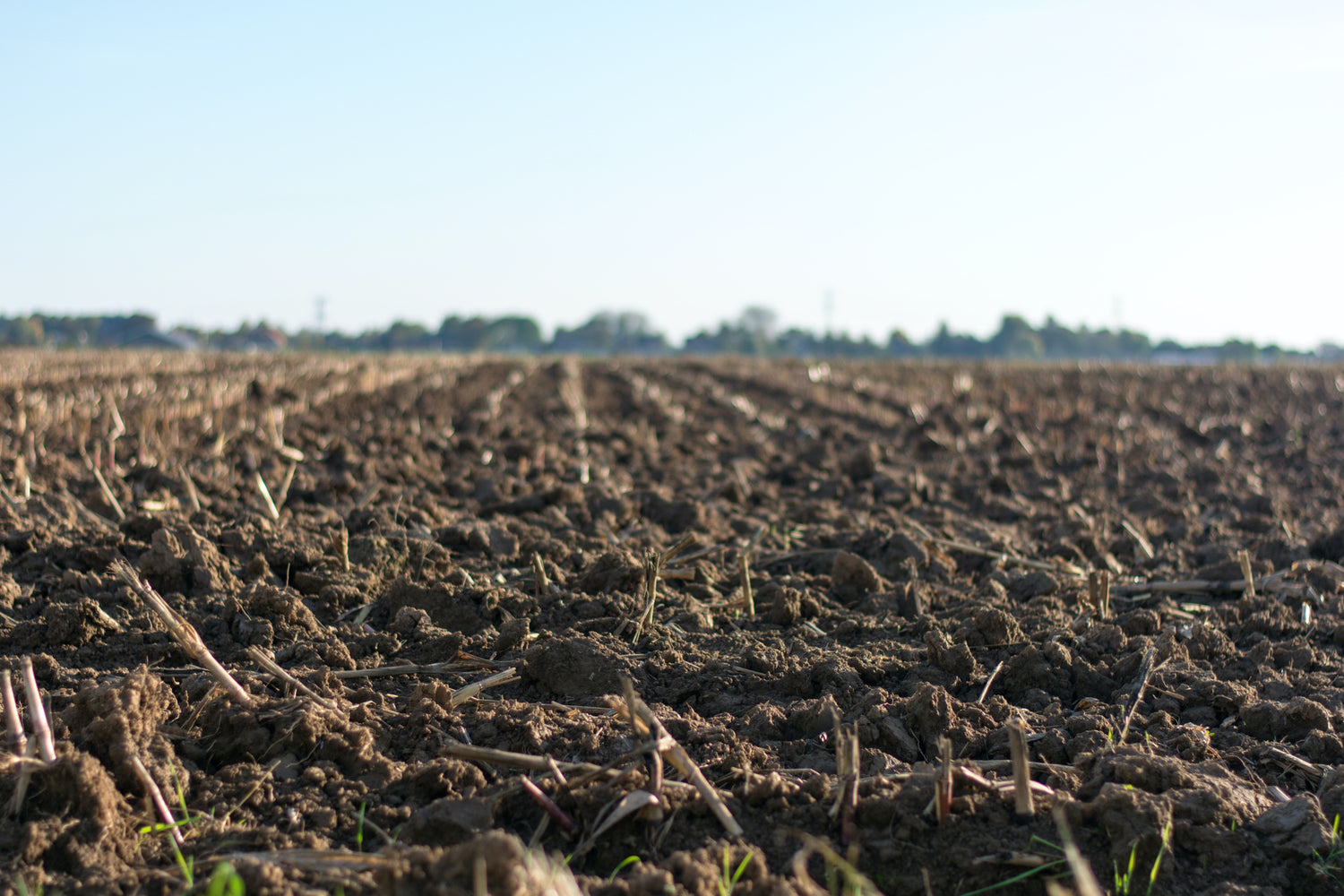
Benefits of compost and mulch use
Compost and mulch provide many direct and indirect benefits when utilized in landscaping and as a component of systems and treatments designed for carbon sequestration, erosion control, fire remediation, stormwater management, and other uses. The following are some of the benefits.

Agriculture:
- Improves plant growth and health
- Provides plant nutrients in a stable organic form
- Increases plant rooting depth
- Improves physical, biological, and chemical soil properties
- Reduces erosion
- Conserves water
- Mulch reduces weed germination and moderates soil temperature

Air:
- Reduces greenhouse gas (GHG) emissions; sequesters carbon
- Reduces particulate (PM10 and PM 2.5) dust emissions
- Compost blankets reduce landfill methane emissions

Climate change adaptation:
- Compost and mulch help California adapt to climate change by sequestering carbon, reducing greenhouse gas emissions, conserving water, reducing erosion, reducing flooding and mudslides; reducing energy use; a component of systems that provide natural flood control
- Systems/treatments that use compost and mulch (e.g., green roofs) insulate buildings, provide acoustic insulation, provide shade, reduce ambient air and building temperatures

Economics:
- Saves money: specific compost and mulch treatments are more cost effective than other systems and treatments that do not use compost and mulch
- Reduces water and energy use/costs
- Reduces use/costs of synthetic fertilizers and pesticides
- Reduces water infrastructure costs

Energy
Reduces energy use associated with transporting water and producing synthetic fertilizers and pesticides.

Soil
- Intercepts and absorbs falling rain, reducing runoff and associated sediment losses
- Provides an environment where seeds can germinate and grow to hold soils in place
- Improves physical, biological, and chemical properties of soils
- Increases soil organic matter (SOM), aggregate stability, hydraulic conductivity, infiltration rate, water holding capacity, and plant available water
- Decreases bulk density
- Reduces erosion
- Feeds the soil food web, the bacteria, fungi, and other organisms that transform and release nutrients from organic matter

Remediation and restoration
- Compost and mulch used to restore riparian zones and watersheds
- Used to remediate land post-fire
- Sequesters and breaks down contaminants in soil and water, including chlorinated and non-chlorinated hydrocarbons, wood preservatives, solvents, heavy metals, pesticides, and petroleum products

Water
- Compost and mulch are important components in stormwater management systems/treatments, including green infrastructure and low impact design (LID)
- Conserves water and replenishes groundwater
- Improves water quality by adsorbing contaminants and capturing sediment (see Remediation and Restoration)
- Reduces rain impact, improves water infiltration and storage, and reduces runoff volume and velocity; reduces runoff of total suspended solids
